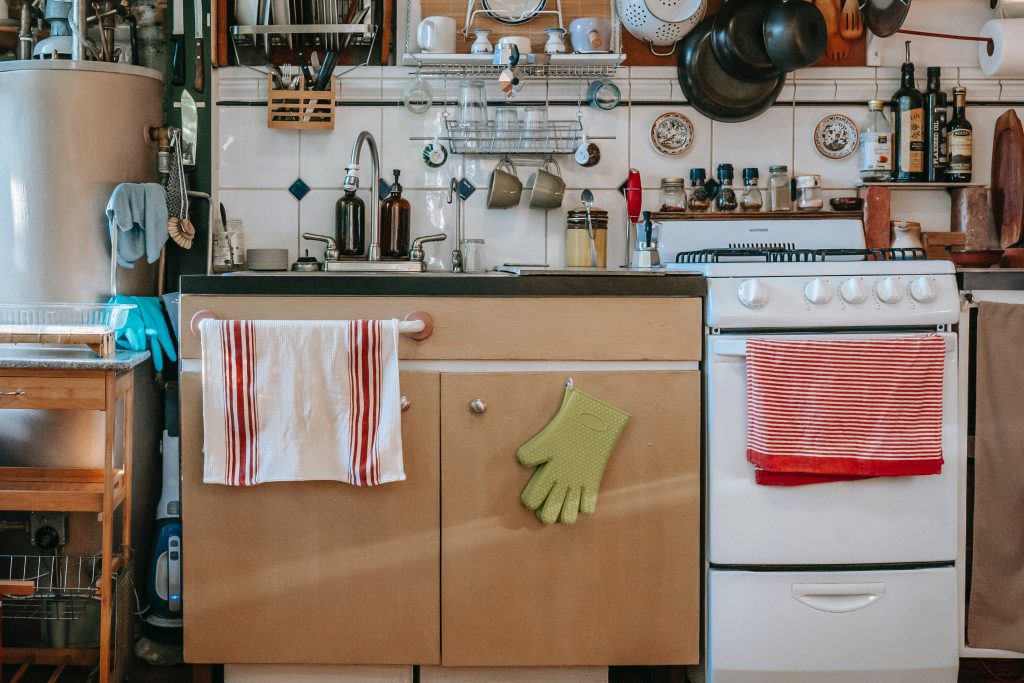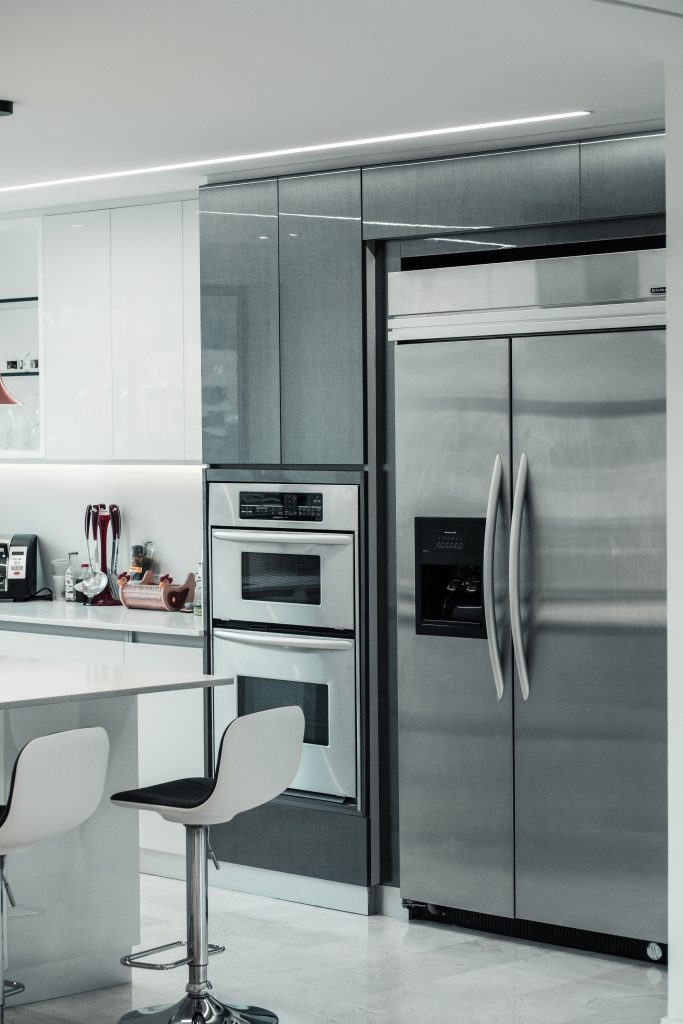Overview of World Energy Consumption
With the rapid development of modern society and economy, coal, oil, natural gas and other energy consumption are increasing, and energy shortage has gradually become a serious challenge facing the world. Energy is one of the most basic natural resources and the material basis for the existence and development of human society. A country’s gross national product and industrial and agricultural production levels can be measured by the country’s energy consumption. Generally speaking, a country’s gross national product is basically proportional to its energy consumption. The world’s total energy consumption has increased rapidly. In 1900, it was 775 million tons of standard fuel. In 1975, it increased to 8.570 billion tons. The current annual consumption is about 10 billion tons. In 2000, it was 11-13 billion tons of oil equivalent. According to the prediction of the World Energy Conference, energy consumption in 2020 will be 15-20 billion tons of oil equivalent, and in 2060 it will be 21-13 billion tons of oil equivalent.
How to Save Energy?
1) Replace the lamps
Traditional incandescent bulbs, high-pressure sodium lamps, xenon lamps, and fluorescent lamps all consume too much electrical energy and have low luminous efficiency. Most electrical energy is converted into heat, which seriously affects the life of the lamps and must be replaced frequently. The latest fifth-generation lighting fixtures-Light Emitting Diode (LED) lights-consume 50% to 80% less power than traditional light bulbs, have light efficiency at least 50% higher than traditional light bulbs, and have a longer lifespan than traditional light bulbs3 Up to 25 times, and stable performance, no lead, mercury and other heavy metal pollution, the most important thing is that it greatly reduces the power consumption, so it has become the best choice for today’s global lighting market.
Although the new LED bulbs are more expensive, their efficient energy use and longer service life mean that in the long run they are actually lower in cost than traditional fluorescent lamps, because the LED will not be easily damaged, so there is no need Replace frequently.
2) Optimize the airflow and heat control of the house
Sealing all leaks in a house is a good way to reduce heating and cooling costs. The most common channels for air to penetrate into the house are windows, doors and vents. To prevent air leakage in these places, make sure that there are no gaps between the wall and door frames, windows or vents.
Use fillers to seal between fixed objects such as walls and roofs. For moving objects such as gaps between doors and windows that are often opened and closed, PVC windshield strips can be used. PVC windshield is a simple air-sealing technology, and usually a return on investment can be obtained in a short time. Leaks from pipes, pipes or wires can also occur through openings in walls, floors and ceilings.
The air leaking out of the house usually enters the attic through small holes from the inside of the house. Whether it is through air ducts, attic hatches or lights, hot air will rise through small cracks and be emitted. Due to the laws of nature, the flow of heat rises from a warm space to a cool space, so if the attic does not have sufficient insulation, then these small cracks or holes will cause the heat to be dissipated invisibly, causing your heating to consume more More power. To get all the savings from climate change, you should consider making your house fully insulated.
3) Reduce your hot water bill
Boiling water in each house consumes a lot of energy every year. In addition to lowering the temperature of the thermostat on the water heater, you can also reduce water bills in the following three ways: You can simply reduce the use of hot water, buy an energy-saving water heater, or place the water heater’s cold water pipe and hot water in the first six feet and take insulation measures.
If you want to replace the old one with a new high-performance water heater, you should keep two factors in mind: the type of water heater meets your needs, and the type of fuel used by the water heater. For example, direct-discharge water heaters are energy-saving, but they cannot provide sufficient safety guarantees for safety issues because they cannot discharge harmful gases such as carbon dioxide, sulfur dioxide and carbon monoxide generated after combustion to the outside. The energy efficiency of high-efficiency water heaters is 40% to 60% higher than that of traditional gas-fired ones.
4) Buy energy-saving home appliances
Generally speaking, household appliances account for about 56% of the total household energy consumption. When buying electrical appliances, we should pay attention to two numbers: the original purchase price and the annual electricity consumption. Although the pre-order price of energy-saving appliances may be higher, their power consumption is usually 25%-50% lower than traditional appliances.
When purchasing energy-saving appliances, we should search for appliances with the “ENERGY STAR” logo. This is a guarantee from the government. Compared with traditional appliances, appliances with this logo consume less energy during use and standby. Energy saving varies with specific equipment. For example, compared with traditional washing machines, washing machines certified by ENERGY STAR can reduce energy consumption by 36% and save water by 52%, while non-ENERGY STAR refrigerators consume only 11%.
5) Use Intelligent Switchboard
“Phantom load” or the electrical energy consumed by an electronic product when it is turned off or in standby mode is one of the main forms of energy consumption. As a matter of fact, it is estimated that 62% of the electricity will be consumed when turning off home electronic equipment, which may cost $360 a year. Intelligent switchboards, also called advanced switchboards, eliminate phantom loads by cutting off power to electronic devices when they are out of service. The smart switchboard can be set to close at a specified time, during periods of inactivity, through a remote switch or host-based status.
6) Update the HVAC system
The HVAC system consists of heating, air conditioning equipment and ventilation. Heating only accounts for more than 60% of household energy consumption. As houses in the northern region are exposed to lower temperatures throughout the year, Energy Star gas stoves have different specifications in the northern and southern halves.
In contrast, air-conditioning is not an important source of energy costs. On average, air-conditioning accounts for only 36% of total household energy consumption. The efficiency of the ENERGY STAR central air conditioning unit is 5% higher than that of the traditional model. The air-conditioning system is usually integrated with the heating system, and this means that we should purchase new air-conditioners at the same time to ensure that the air-conditioners operate at their maximum efficiency.
Upgrading to Southern Energy Star certification can save you up to 18% of heating costs, or an average annual saving of $56. The ENERGY STAR furnace in the northern half is marked with the standard ENERGY STAR logo, which is 26% more energy efficient than the basic model. This means that in the north, you can save an average of $115 a year on heating costs.
Upgrading another part of the HVAC system-ventilation-can also reduce energy consumption. The ventilation system consists of a network of ducts, which can distribute hot and cold air throughout the house efficiently. If these ducts are not properly sealed or isolated, the resulting energy waste can add hundreds of dollars to our annual heating bill. Proper insulation and maintenance of the ventilation system can reduce cooling costs by 26% surprisingly.
7) Use Intelligent Thermostat
The thermostat can be set to automatically reduce heating or cooling when we sleep, and automatically turn off heating and cooling when we leave. When installing a thermostat, there is no need to upgrade the HVAC system to eliminate wasted energy during heating and cooling.
Generally speaking, a smart thermostat can save an average of $220 a year. Smart thermostats come in different models and can be set according to our schedule. Other features of the smart thermostat include indicators for HVAC system problems or when to replace the air filter, and can also improve the efficiency of the cooling and heating system.
8) Use energy-saving windows
In the warm season, absorbing heat through windows is a reality. Besides minimizing heat dissipation, the low-emissivity coating on the windows can also reflect more light and reduce the heat energy entering the house, thereby reducing heat gain. Depending on where you live, Energy Star windows can save you 60-105 dollars in utility bills every year. Blinds, screens and awnings can also provide additional insulation between the house and the outside.
Windows are an important source of energy consumption-they can increase heating costs by at least 18%. To prevent the windows from dissipating heat, we can replace single-pane windows with double-pane windows.
For houses in cold regions, inflatable windows with “low-e” coating can effectively reduce heating costs. Besides, internal or external riot windows can reduce heat escape by 16%. If extreme weather events occur frequently in your area, you should especially consider storm windows.
9) Keep your home warm
Insulation plays an important role in reducing electricity bills in winter. It can retain heat in winter and take away heat in summer. The heat resistance rating or “R value” of the insulation depends on the residence. In warm areas, the “R value” is much lower than the R value of buildings located in colder areas.
The insulation level that should be installed depends on the area of the building. Crawling spaces, lofts, basement walls and floors are the five main areas that should be considered for increased thermal protection. Use the “Household Energy Saver” tool to make recommendations based on your house specifications, or find general regional recommendations on the Department of Energy’s Insulation Materials website.
10) Adjust our daily behavior
We can use some tools to determine where most of the electrical energy will flow to the house every day and which appliances consume the most electrical energy.
The adjustment measure that can save water and electricity bills to the greatest extent is to lower the temperature of the thermostat in winter and reduce the use of air conditioners in the hot season. The cost of cooling and heating accounts for almost 80% of the utility bills of ordinary households. Therefore, these reductions in the intensity and frequency of heating and cooling can save costs to the greatest extent.
In order to reduce the energy consumption of the house, it is not necessary to go out to buy energy-saving equipment. Energy saving is as simple as turning off lights or appliances when not needed. We can also reduce the use of energy-intensive appliances by manually performing household tasks, such as washing dishes by hand, or hanging them to dry instead of putting them in a dryer.



